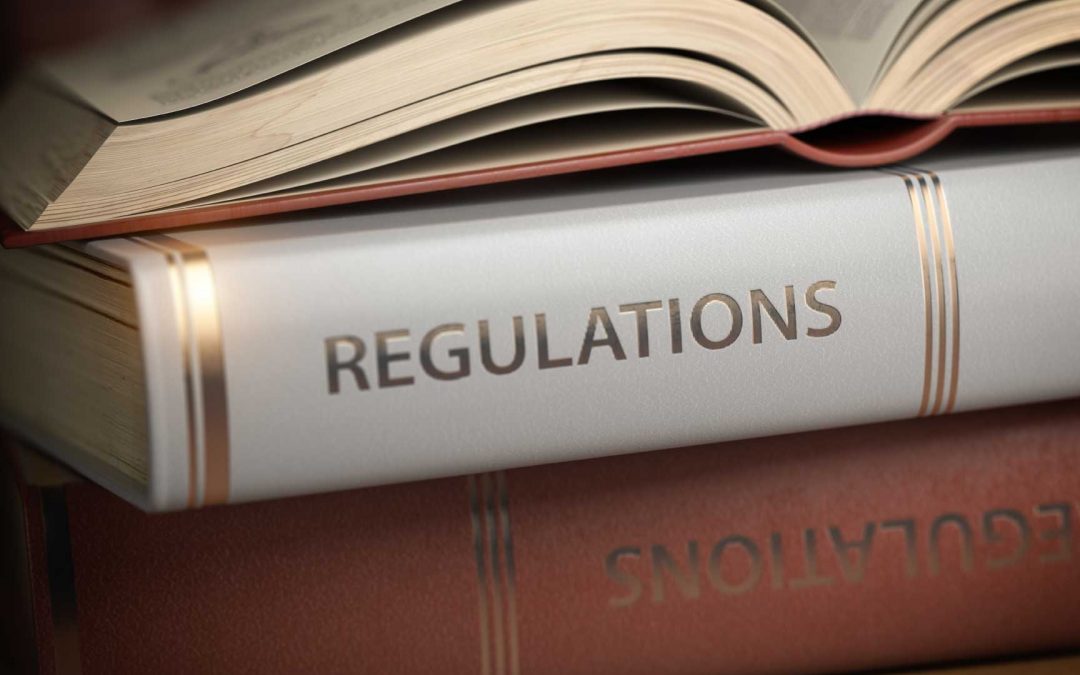FFCRA Updates
There were several key developments on April 1, 2020 in regard to the Families First Coronavirus Response Act (FFCRA).
The Department of Labor (DOL) issued much anticipated regulations which provide critical guidance on how employers should administer the new paid leave benefits available under the law. This may be the fastest the DOL has ever issued regulations on such an expansive piece of legislation and it is much needed by employers who are already inundated with requests from employees for the new leave. The regulations can be found here.
Some highlights include:
- Clarification on substitution of paid leave during Expanded FMLA (EFMLA).
- Restrictions on circumstances where an employee may use Emergency Sick Leave (ESL), including the requirement that work must otherwise be available to the employee.
- Clarifies what questions an employer may ask in connection with the use of leave to ensure that leave is qualifying.
The Internal Revenue Service (IRS) has also issued additional guidance, including IRS Form 7200, which employers may use to request an advance from the IRS to help cover the costs of providing the paid leave benefits under the FFCRA. The Instructions for form 7200 provide important information to employers that wish to request an advance.
The IRS also released numerous FAQ’s on how employers may request reimbursement for paid leave as well as the information employers must retain in connection with paid leave credits.
SBA Loan Program Updates
As expected, additional information is trickling out about the Paycheck Protection Program (PPP), the forgivable loan program for small businesses that was part of the Coronavirus Aid, Relief, and Economic Security Act (CARES).
The Treasury department has now announced that applications can begin on April 3rd for most small businesses and April 10th for independent contractors and self-employed individuals. The loans will be offered by banks authorized by the Small Business Administration (SBA). We expect that most banks will participate in the program, but it appears that many banks are not prepared to begin offering loans on the 3rd, due to the delay in regulatory guidance.
Speaking of regulatory guidance, an Interim Final Rule has been published which provides additional clarity on certain provisions of the program. Furthermore, Treasury has provided a Q&A with additional information for businesses who plan to apply for a loan as well as a model application.
Anecdotally, we have seen more announcements from banks that they plan to participate in the program but often only for existing business banking customers and/or only through an online application process. Although Congress has appropriated 350 billion dollars, we expect that many thousands of businesses will apply once applications are available, so time may be of the essence.
We’ve also seen several advertisements for services that promise to connect businesses with lenders for the program. Some of these services appear to be misrepresenting the terms of the program, so businesses should be cautious before providing any sensitive data.
One important detail that is now clear in the guidance from Treasury is that businesses are expected to spend 75% of the funds on payroll expenses and are expected to maintain headcounts and payrolls. Loan forgiveness may be jeopardized if the number of full-time headcount is reduced or payrolls decrease by more than 25% during the 8-week period after receiving the loan. Employers have until Jun 30, 2020 to restore headcount and payroll amounts if they wish to have loan amounts forgiven.
In our webinar on Tuesday March 31, 2020, I said that nearly every small business should consider the PPP, I stand by that recommendation. As the details become clearer, it appears that this program can be a real lifeline to small business. It isn’t very often that small businesses are able to receive this kind of support, don’t let it pass you by.
The SBA is also offering fast $10,000 advances to small businesses impacted by the pandemic as part of their Economic Injury Disaster Loan Program. This advance is effectively a grant, as a business is not required to repay it even if the EIDL loan is not approved. Businesses can apply via the SBA website. The SBA hopes to get the advances out within 72 hours.
Businesses can apply for both programs but cannot request funds for the same purpose. We believe that the PPP program makes more sense for covering payroll costs, while the EIDL may be useful for covering other qualifying business expenses.
Given the almost daily developments, we are sponsoring yet another webinar on Tuesday April 7th at 11:00 AM Eastern time. We will review the FFCRA regulations, tax credit Q&A’s as well as further PPP details. Click here to register.
As always, we are here to support you.
Chris and the HR Pros Team.

